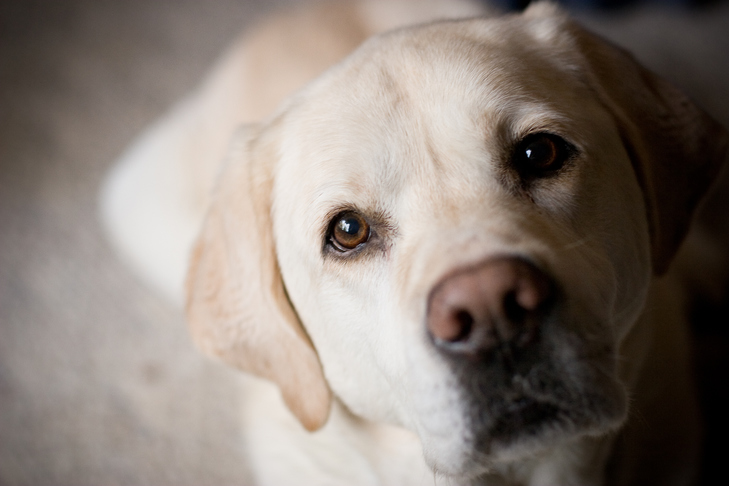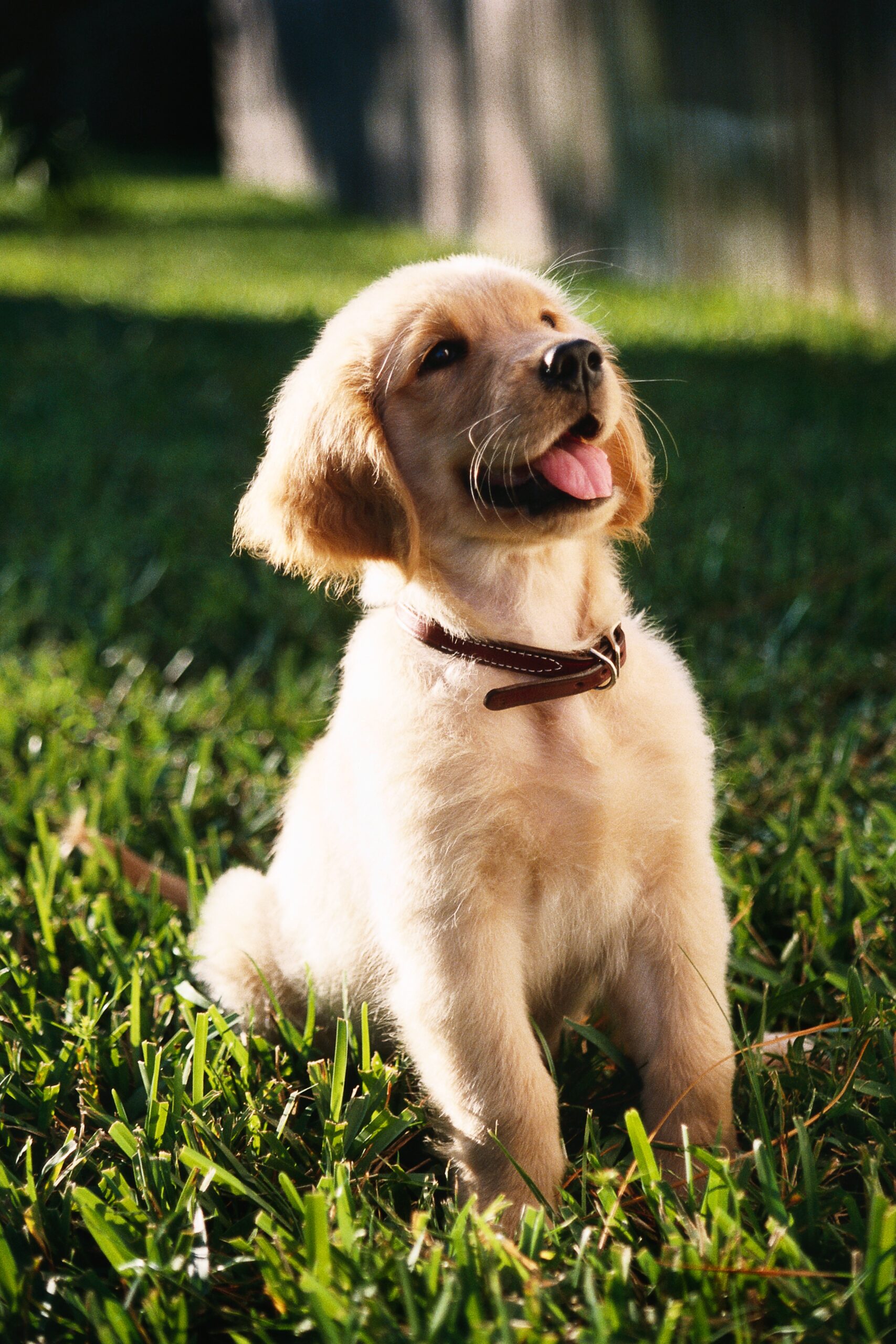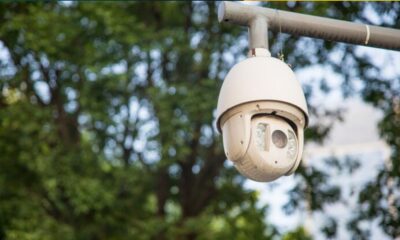Pets
Sable as Pets: Unveiling the Charismatic Companion

Introduction:
Understanding Sables: An Overview
Sables, known for their enchanting beauty, belong to the mustelid family. These small mammals boast sleek fur, typically brown with shades of black or amber, making them visually captivating. Understanding their natural behavior and habitat is crucial before considering them as pets.
Sable Characteristics and Behavior
Sables are highly intelligent and curious creatures. Their inquisitive nature often leads them to explore their surroundings actively. They possess a playful demeanor and can form strong bonds with their human companions when raised in a suitable environment.
Considerations Before Adopting a Sable
Lifestyle and Commitment
Legal and Ethical Considerations
Check local regulations before considering a sable as pet. Some regions have specific laws governing the ownership of exotic pets, including sables. Ethical considerations regarding their sourcing and care should also be weighed carefully.
Care and Maintenance of Pet Sables
Habitat and Accommodation
Dietary Needs and Health Care
Sable Ownership: A Rewarding Experience
Owning a sable can be a rewarding experience for dedicated and knowledgeable pet owners. With proper care, understanding, and a conducive environment, these charming creatures can become delightful companions, enriching the lives of their human caregivers.
Conclusion:
Pets
Understanding Progressive Retinal Atrophy in Dogs

Introduction
Progressive Retinal Atrophy (PRA) is a degenerative eye disorder affecting dogs, leading to gradual vision loss. This article delves into the causes, symptoms, diagnosis, treatment, and prevention strategies for PRA in dogs.
What is Progressive Retinal Atrophy?
PRA is a hereditary condition characterized by the gradual degeneration of the retina, the tissue at the back of the eye responsible for capturing light and transmitting visual information to the brain.
Causes of PRA in Dogs
PRA is primarily genetic and can be inherited through different modes of inheritance, such as autosomal recessive, autosomal dominant, or X-linked. Mutations in specific genes affect the normal functioning of cells in the retina, leading to its deterioration over time.
Symptoms of Progressive Retinal Atrophy
- Initially, dogs may show no noticeable signs as PRA progresses slowly.
- Night blindness is often the first observable symptom, causing difficulty seeing in low-light conditions.
- Gradual loss of peripheral vision.
- Eventually leading to complete blindness in advanced stages.
Diagnosing PRA in Dogs Veterinarians can diagnose PRA through various methods, including:
- Ophthalmic examination to assess the retina and look for signs of degeneration.
- Electroretinography (ERG) measures the electrical responses of the retina to light stimuli, aiding in confirming the diagnosis.
Treatment Options for Dogs with PRA
As of now, there is no known cure for PRA. However, there are supportive measures and lifestyle adaptations to help affected dogs:
- Antioxidant supplements might slow down the progression of PRA.
- Providing a familiar environment to minimize obstacles for blind dogs.
- Regular veterinary check-ups to monitor the condition and manage any complications.
Living with a Dog Afflicted by PRA Adapting the home environment can significantly enhance the quality of life for a visually impaired dog:
- Maintain consistency in the layout of the house to help the dog navigate confidently.
- Use verbal cues and touch to communicate with the dog.
- Avoid rearranging furniture frequently to prevent disorientation.
Preventing PRA in Dogs Breeders play a crucial role in preventing PRA by:
- Conducting genetic tests before breeding to identify carriers of the PRA gene.
- Avoiding breeding dogs with a known history of PRA to reduce the likelihood of passing on the gene.
Conclusion
Progressive Retinal Atrophy poses a challenge for dogs and their owners, leading to progressive vision loss. Understanding its causes, symptoms, and available supportive measures is vital in providing a better quality of life for affected dogs and taking preventive steps in breeding practices. Regular veterinary check-ups and creating a supportive environment can significantly enhance the well-being of dogs living with PRA.
FAQS:
Pets
Elmbrook Humane Society: Providing Care and Compassion to Animals in Need

Introduction to Elmbrook Humane Society
The Elmbrook Humane Society, established in [year], is a non-profit organization dedicated to rescuing, rehabilitating, and rehoming animals in the [region]. Committed to the welfare of animals, they provide a safe haven for homeless pets, ensuring they receive the love, care, and support they need while awaiting their forever homes.
Mission and Values
At Elmbrook Humane Society, the primary mission is to promote the humane treatment of animals through education, adoption, and community outreach. Their values center around compassion, advocacy, and dedication to improving the lives of animals in need.
Rescue and Adoption Programs
1. Animal Rescue Efforts
Elmbrook Humane Society operates comprehensive rescue programs that cater to various animals, including dogs, cats, rabbits, and other small animals. They collaborate with local shelters and rescue organizations to save animals from overcrowded or unsafe environments.
2. Adoption Services
The society facilitates the adoption process by carefully matching pets with loving families. They provide counseling and guidance to potential adopters, ensuring a successful and lasting bond between the animal and its new home.
Rehabilitation and Care
1. Veterinary Care
Elmbrook Humane Society prioritizes the health and well-being of every animal in their care. They provide necessary veterinary services, including vaccinations, spaying/neutering, and medical treatments, to ensure each animal is in optimal health before adoption.
2. Behavioral Rehabilitation
Animals that have experienced trauma or neglect receive specialized attention and behavioral rehabilitation. The dedicated staff and volunteers work tirelessly to socialize and train animals to prepare them for a smooth transition into their new homes.
Community Engagement and Education
1. Educational Programs
The society conducts educational programs aimed at promoting responsible pet ownership, animal welfare, and the importance of spaying/neutering. These programs target schools, community groups, and individuals to raise awareness and instill compassion for animals.
2. Volunteer Opportunities
Elmbrook Humane Society welcomes volunteers who wish to contribute their time and skills. Volunteers assist in various capacities, from animal care to administrative tasks, playing a crucial role in supporting the organization’s mission.
Fundraising and Support
1. Fundraising Events
To sustain their operations, the society organizes fundraising events and campaigns throughout the year. These events engage the community while raising funds to support the care and well-being of the animals.
2. Donations and Sponsorships
They rely on the generosity of donors and sponsors who contribute funds, supplies, and resources to help maintain the facility and provide essential care to the animals in need.
Conclusion
FAQS:
Pets
Understanding the Distinctive Personality Traits of Boykin Spaniels

Introduction:
Unraveling the Charismatic Boykin Spaniel Personality
Boykin Spaniels, known for their endearing charm and unwavering loyalty, possess a distinct personality that captivates many dog enthusiasts. Understanding the nuances of their temperament sheds light on what makes them such beloved companions.
1. Affable and Sociable Nature
Description: Boykin Spaniels are inherently friendly and social creatures. They exude an affable demeanor, readily establishing bonds with family members, strangers, and other animals alike.
Details: Their affability extends beyond their immediate circle, making them excellent companions in various social settings. Whether at home or in public spaces, these Spaniels thrive on interactions, showcasing an innate ability to adapt to diverse social environments.
2. Energetic and Playful Disposition
Description: One of the defining traits of Boykin Spaniels is their high energy levels and playful demeanor. Their enthusiasm for playtime and activities knows no bounds.
Details: Owners often find themselves engaged in various forms of play to match their pet’s lively spirit. These Spaniels revel in outdoor adventures, fetching games, and any opportunity for physical activities, making them perfect companions for active individuals or families.
3. Intelligent and Trainable
Description: Boykin Spaniels boast remarkable intelligence and a strong desire to please their owners, rendering them highly trainable.
Details: Their sharp intellect enables them to quickly grasp commands and adapt to various training regimens. With consistency and positive reinforcement, these dogs showcase remarkable obedience and aptitude in learning new tricks, making them a joy to train.
4. Devoted and Affectionate Companions
Description: Loyalty runs deep within the Boykin Spaniel breed, fostering strong bonds with their human families. They exhibit an unparalleled level of devotion and affection.
Details: Owners often revel in the unwavering companionship offered by these Spaniels. Their eagerness to be by their family’s side, coupled with their loving nature, makes them exceptional emotional support animals and loving companions.
5. Alertness and Hunting Instincts
Description: Boykin Spaniels possess a keen sense of alertness, owing to their background as hunting dogs. Their inherent instincts contribute to their vigilant nature.
Details: While their alertness makes them exceptional watchdogs, it also reflects in their curiosity and explorative behavior. Owners should engage in proper training to channel their hunting instincts positively.
Conclusion: Embracing the Enchanting Boykin Spaniel Personality
FAQS:
- Q: Are Boykin Spaniels good for apartment living? A: Yes, they adapt well to apartment life given sufficient exercise and mental stimulation.
- Q: How often should I groom a Boykin Spaniel? A: Regular brushing and occasional grooming sessions every 4-6 weeks keep their coat healthy.
- Q: Are Boykin Spaniels prone to specific health issues? A: They may face conditions like hip dysplasia or eye disorders, but regular vet check-ups help manage these risks.
- Q: Do Boykin Spaniels get along with children and other pets? A: Yes, they’re known for their friendly nature and typically get along well with kids and other animals.
- Q: What kind of exercise do Boykin Spaniels need? A: They thrive on active play and need daily walks or runs to expend their abundant energy.
-

 Technology7 months ago
Technology7 months agoKooraLive English: Guide to Live Sports Streaming
-

 Technology7 months ago
Technology7 months agoSSIS 816 Revolutionizing Data Integration
-

 Health7 months ago
Health7 months agoOptimizing Health: The Comprehensive Guide to TG Tubes
-

 Lifestyle6 months ago
Lifestyle6 months agothe Charm of Villages: Decoding the Loofa Code
-

 Entertainment7 months ago
Entertainment7 months agothe Mystery: packgod face reveal
-

 Business4 months ago
Business4 months agoSimplifying Work Life: NetchexOnline Employee Login
-

 Technology7 months ago
Technology7 months agoPotential of Pixwox: Your Guide to Superior Visual Content
-

 Technology7 months ago
Technology7 months agoThe Power of Innocams
